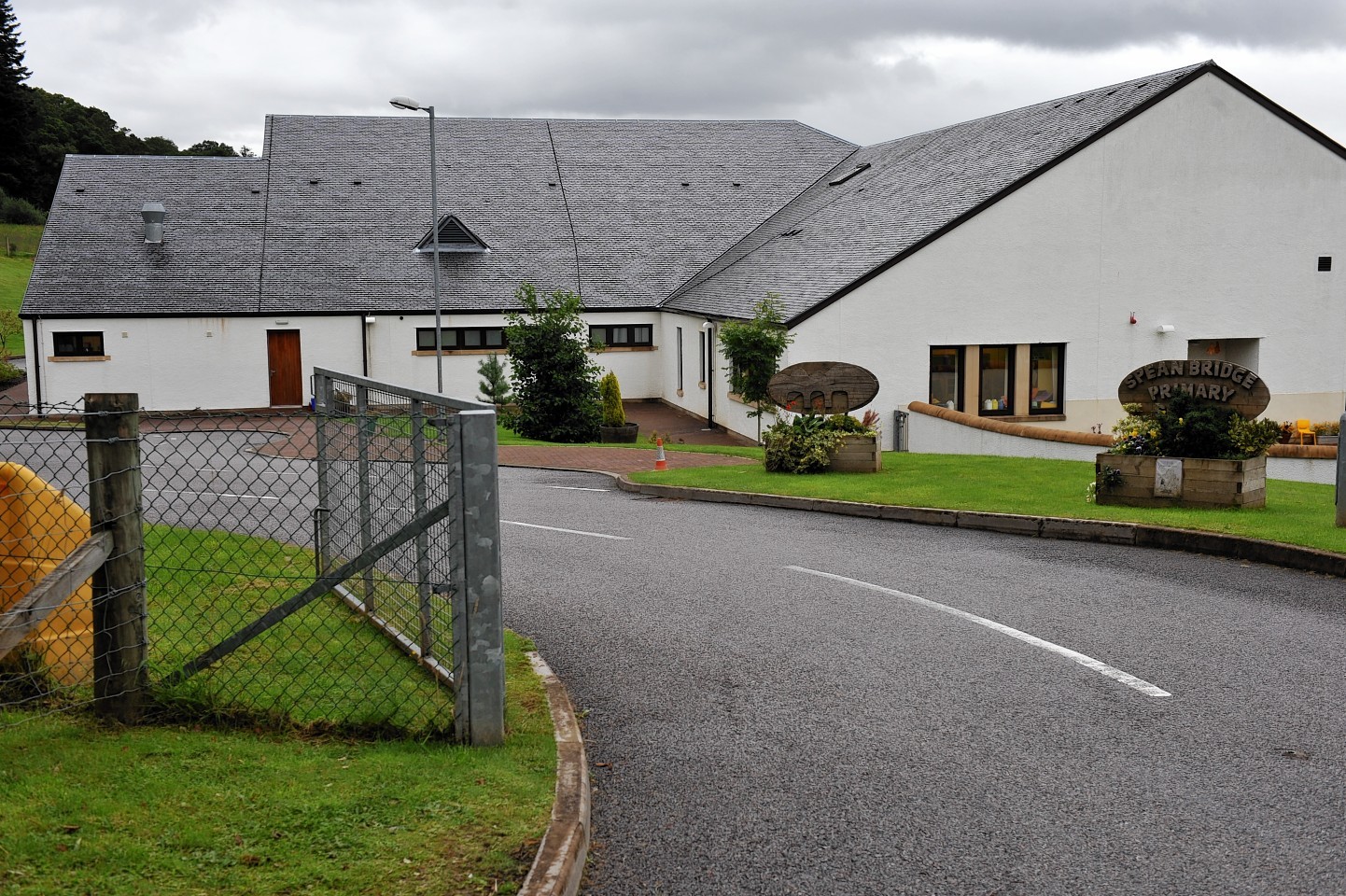Specialists are being consulted about a Highland school after testing revealed high levels of a carcinogenic radioactive gas.
Highland Council today said the levels of radon gas, which can cause lung cancer, recorded at Ardnamurchan High School and hostel in Lochaber were higher than the target for a workplace environment.
And the local authority is now consulting specialist radon contractors to find out whether work needs to be carried out to reduce the readings.
The council has also been monitoring radon levels at Spean Bridge and Strathdearn primary schools.
Initial short-term monitoring, over a seven to 10-day period, was carried out in the three schools as part of an ongoing testing programme.
This showed that all three properties had radon above the workplace action level of 400 Bqm3 (Becquerels per cubic metre of indoor air).
Some minor actions, which have been shown to assist in mitigating against radon, were carried out, including opening ‘trickle’ vents, checking air extract systems, sealing floor cracks and sealing around pipes.
The council then carried out long-term radon testing, over a 90-day period, at the schools.
A council spokeswoman said: “The results of the long-term testing at Ardnamurchan High School and hostel are all under the workplace action level of 400 Bqm.
“However, a small number of results in the school have radon still above a target level of 200 Bqm.
“The council’s aim is to reduce radon levels to as low as is reasonably practical to minimise long-term risks presented by radon.”
She added that the local authority had discussed the results with Public Health England and would be consulting its’ specialist radon contractors to determine what, if any, further steps were necessary.
And she said any necessary works would be carried out as soon as practical.
Testing at Spean Bridge and Strathdearn primary schools showed that all readings were under the workplace action level of 400 Bqm and also the 200 Bqm target.
The spokeswoman said: “No further action is required, apart from ongoing long-term monitoring.”
